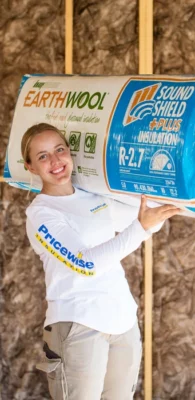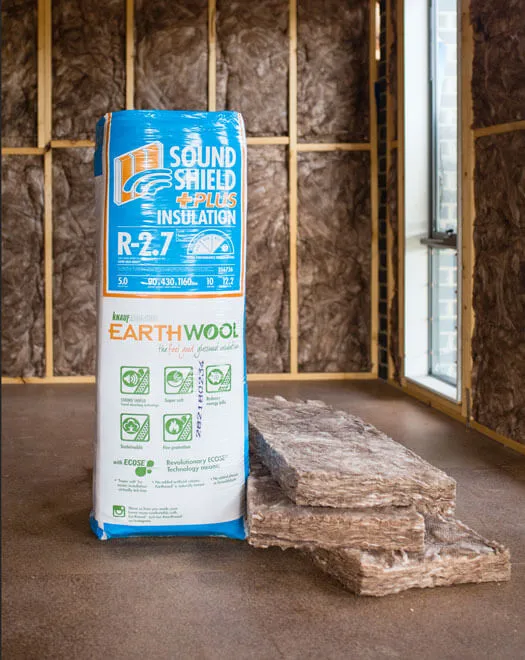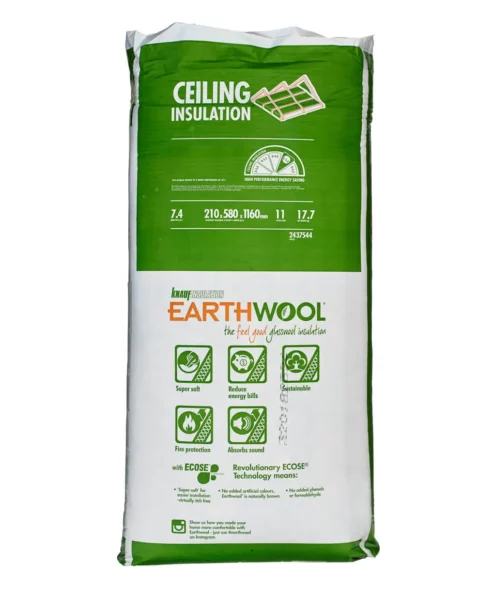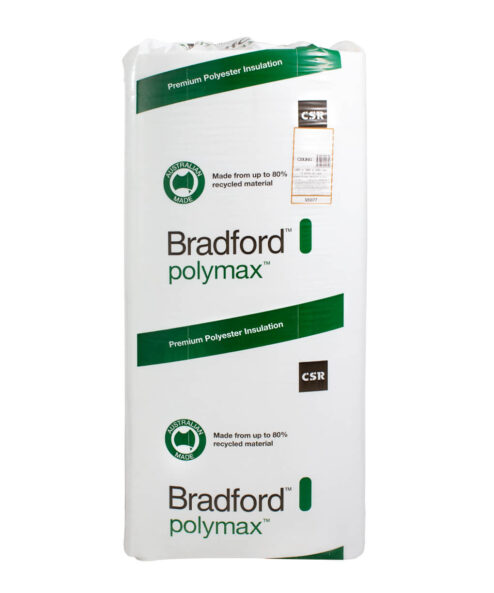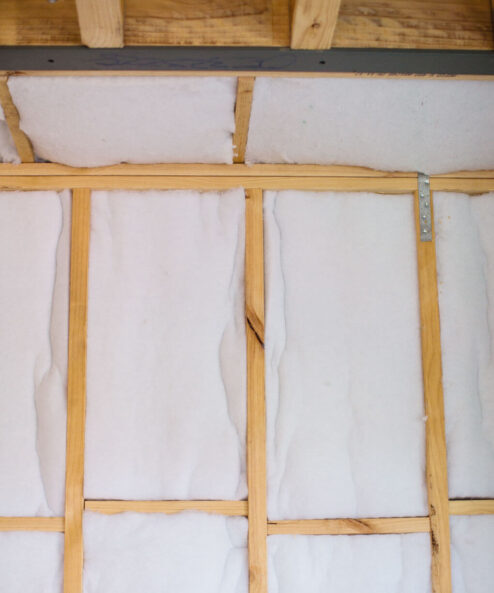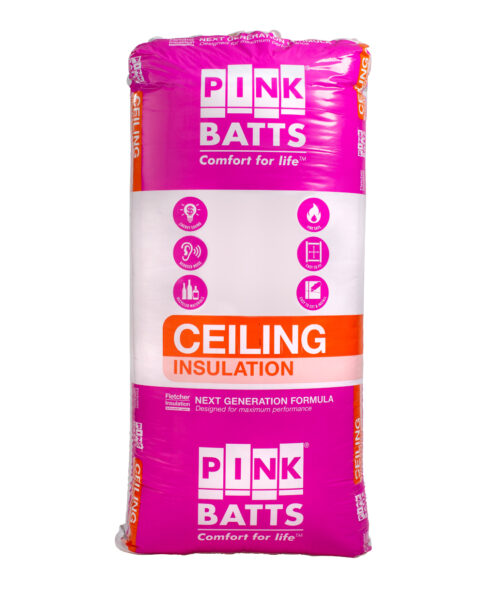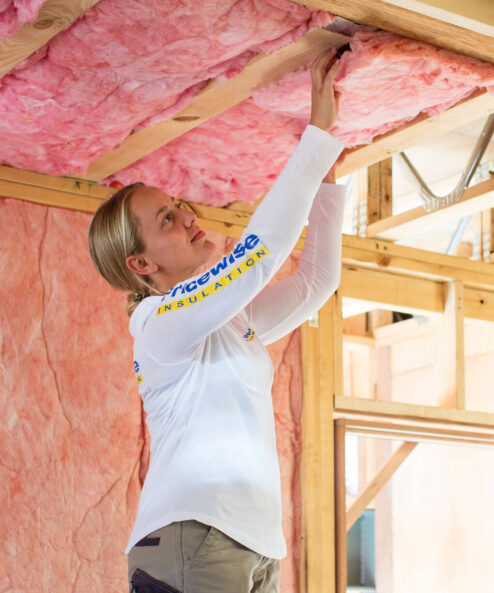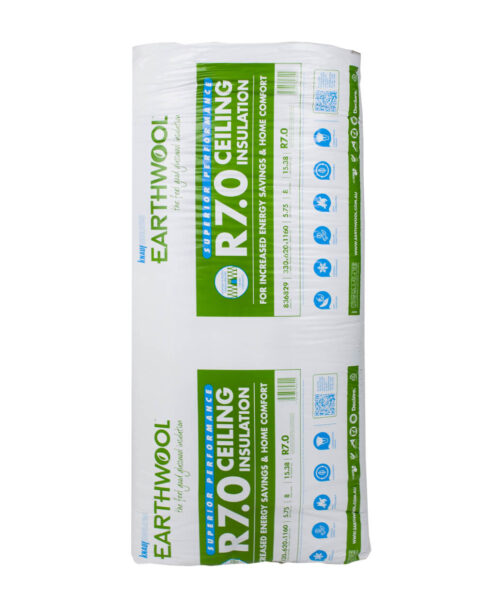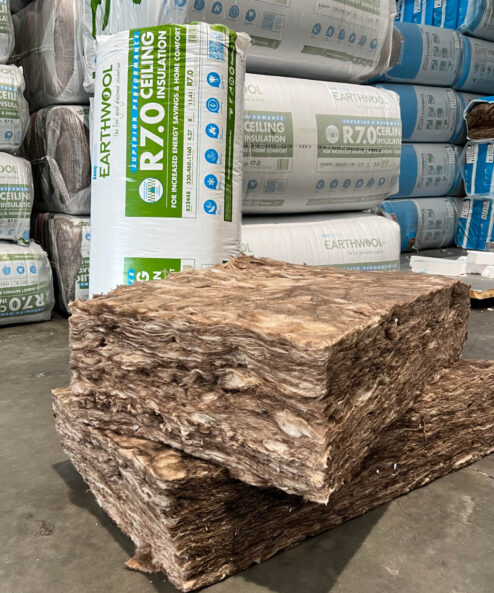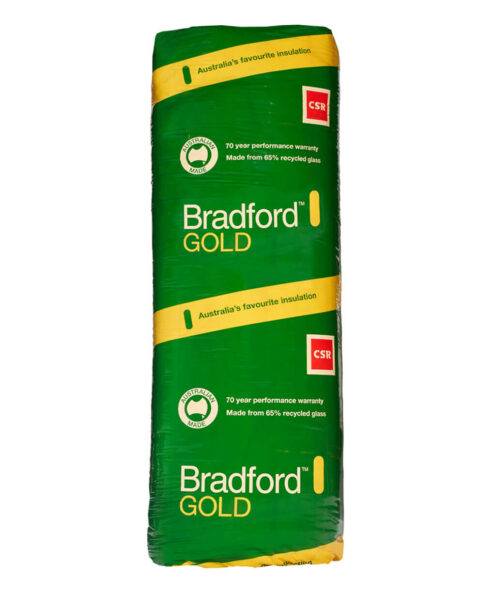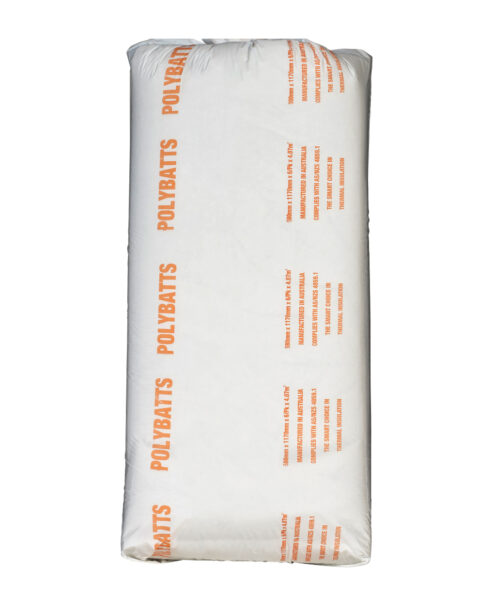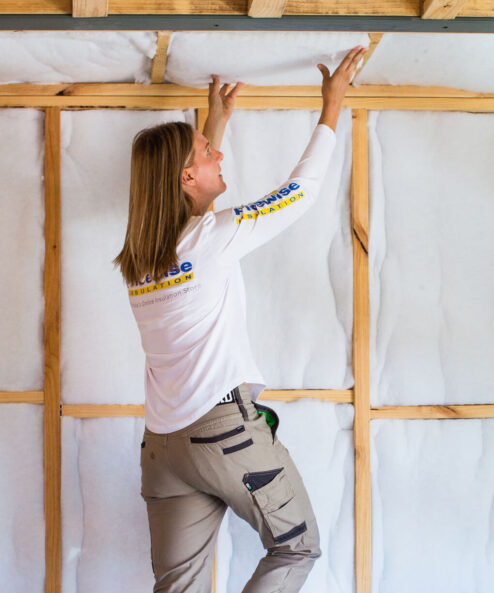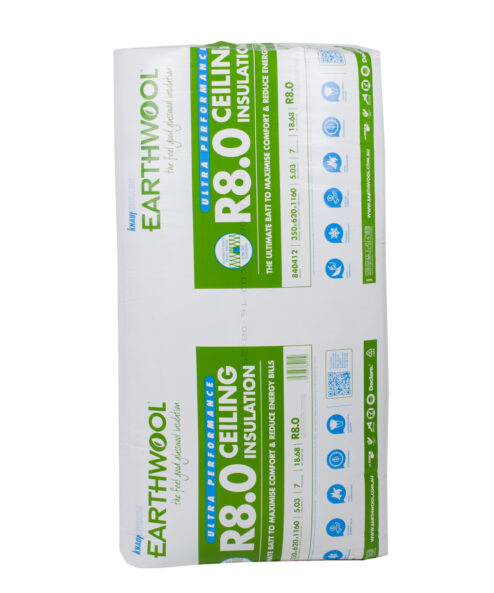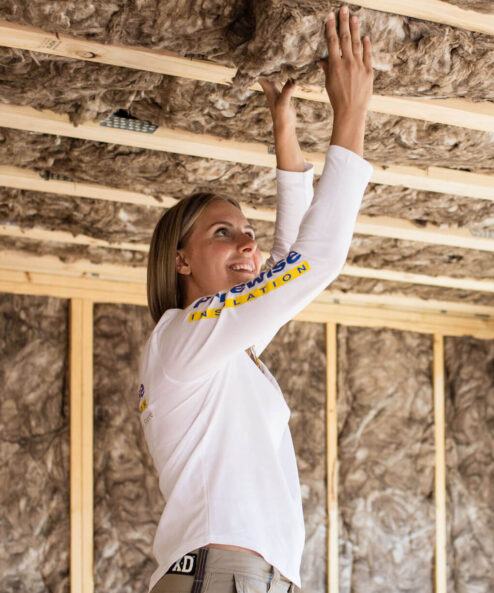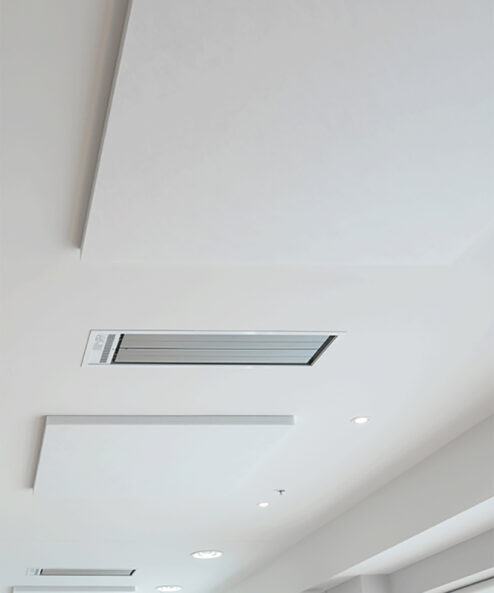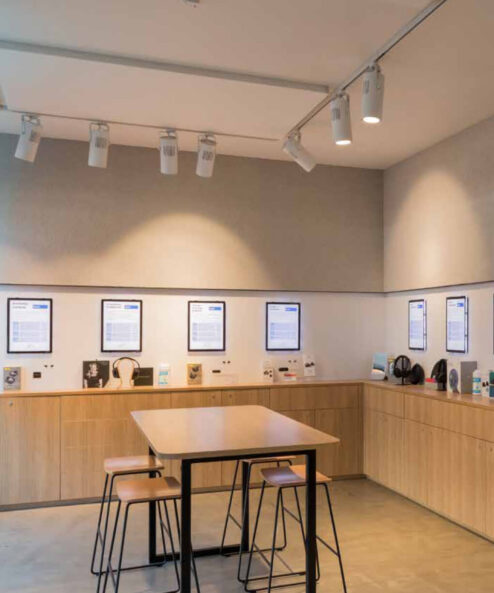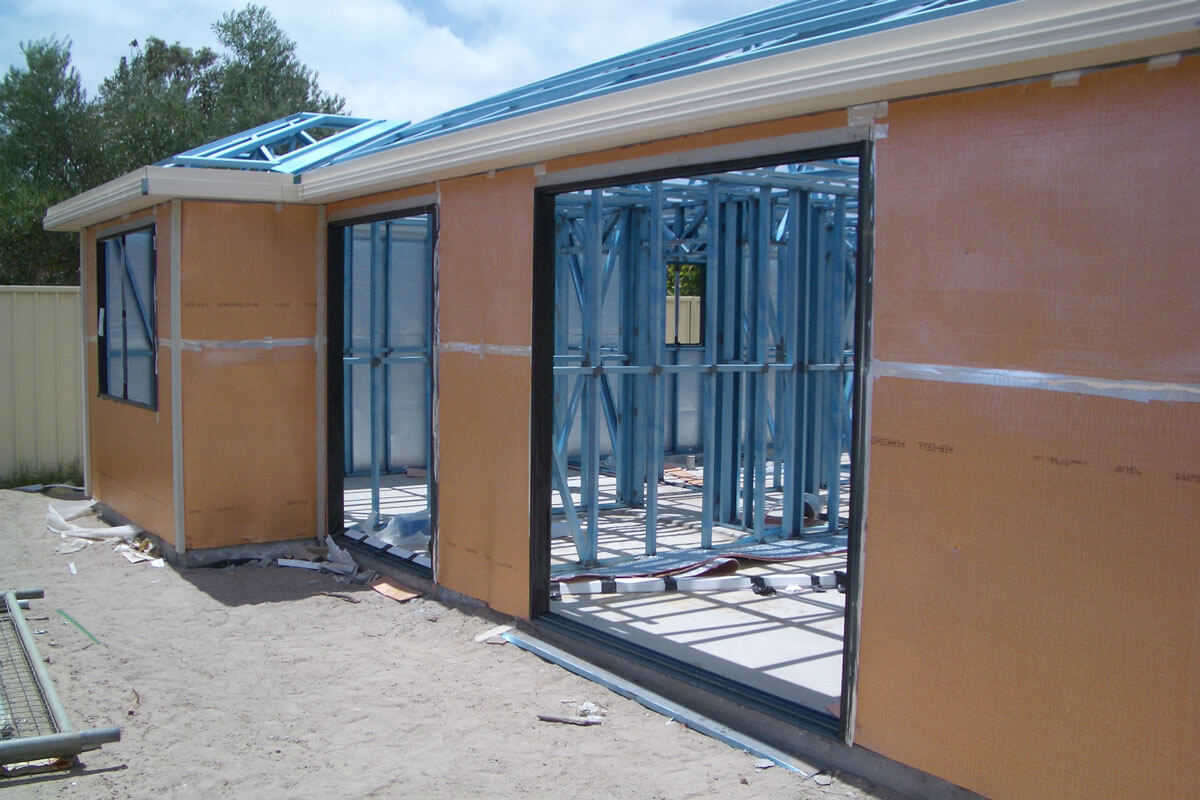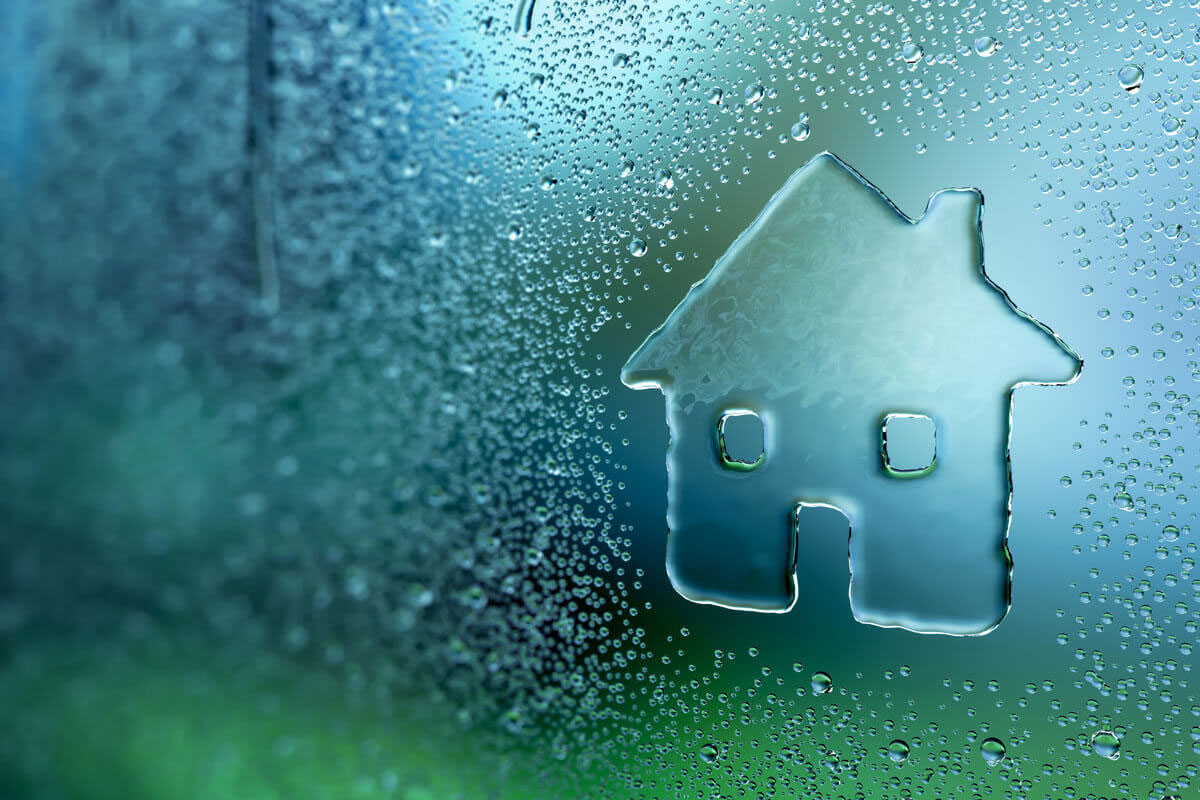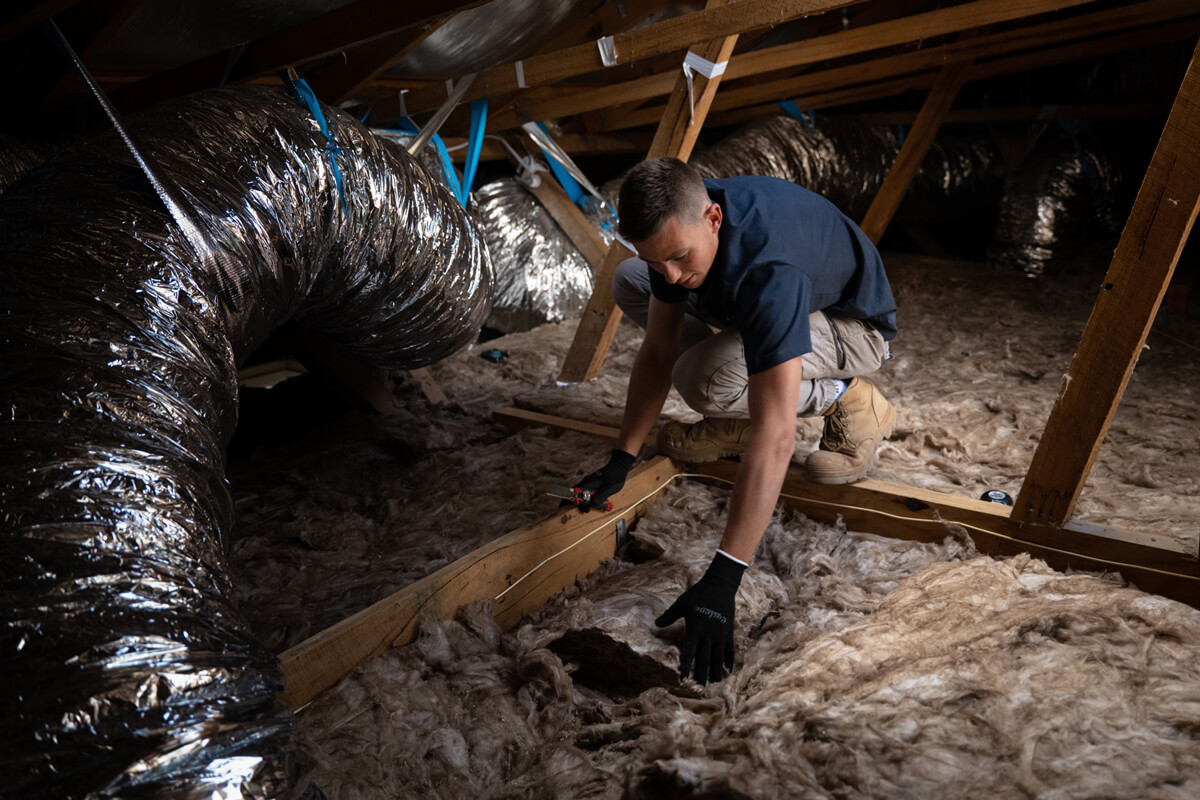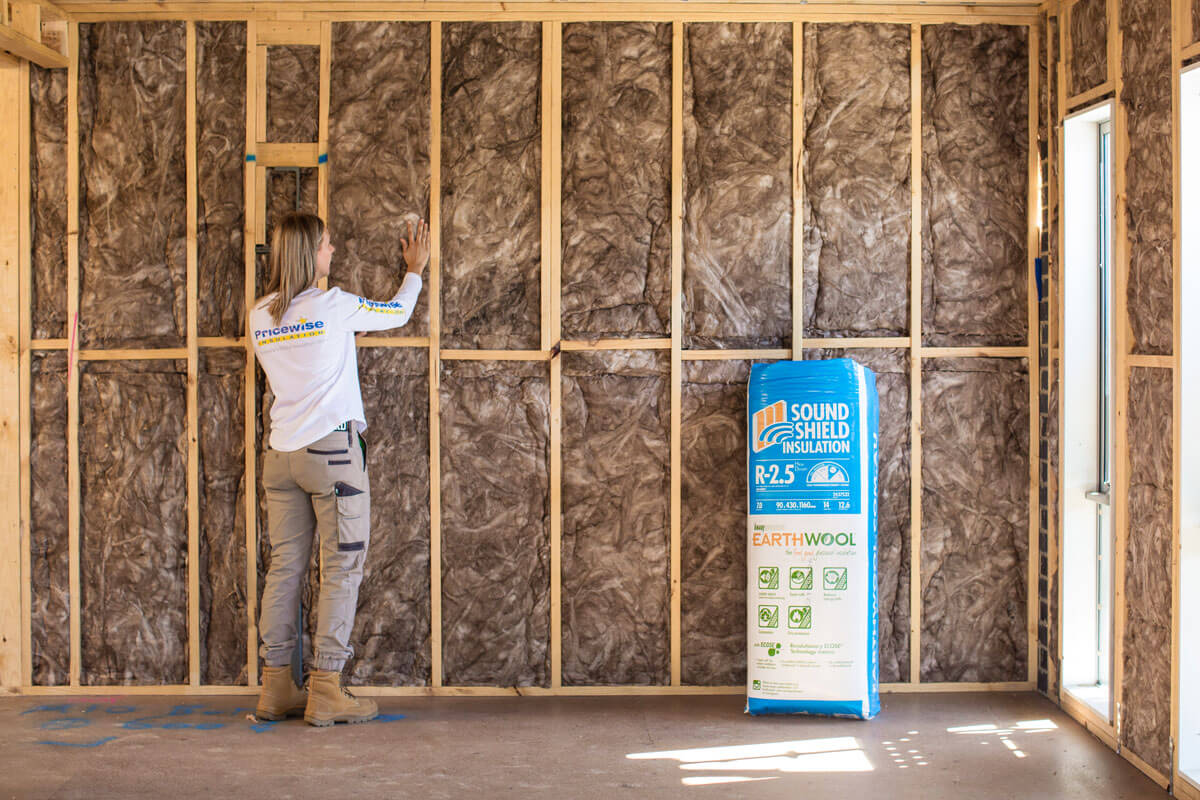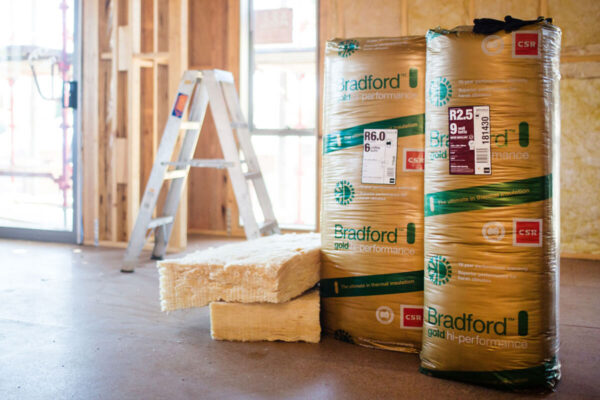Ceiling Insulation
Ceiling insulation plays a key role in regulating your indoor temperature and cutting energy costs. Pricewise offers high-performance products from trusted brands, helpful DIY tips, and expert support to get the job done right. Shop now and enjoy our fast home delivery.
Why Install Ceiling Insulation?
Installing ceiling insulation is one of the easiest ways to take control of your indoor comfort and invest in the long-term efficiency of your home. Not only does insulation for your ceiling provide a barrier against weather extremes, but it helps stabilise indoor temperatures and create a healthier home by reducing the risk of moisture-related problems such as mould.
Save on Energy Bills
Installing ceiling insulation can significantly reduce your energy bills over time by maintaining a more stable indoor temperature and minimising reliance on heating or cooling systems to keep your indoor space at a comfortable level.
Reduce Your Energy Use
Using less energy isn’t just good for your budget, it’s good for the planet too. Ceiling insulation helps minimise your overall energy consumption by reducing your reliance on heating and cooling systems. This also helps to lower greenhouse gas emissions.
Rely Less on Heating and Cooling Systems
With proper insulation, your heating and cooling systems don’t need to be run into the ground to maintain a comfortable indoor temperature. This not only saves energy but also extends the life of your appliances and reduces repair costs.
Make Your Home More Comfortable
Ceiling insulation creates a more balanced, comfortable living space by minimising hot or cold spots and creating a more consistent indoor temperature. It also provides a layer of acoustic insulation, helping to keep your home or building more peaceful and private.
Ceiling Insulation Batts R-Value Requirements
When it comes to choosing ceiling insulation batts, the R-value is one of the most important factors to consider. The R-value measures the insulation’s thermal resistance. In simple terms, the higher the R-value, the better the insulation performs in keeping your home comfortable and energy efficient.
In Australia, the recommended R-value varies depending on your location and climate. For example, homes in cooler areas like Melbourne and Canberra can benefit from a higher R-value, such as 5.0-6.0 to keep indoor temperatures stable through brisk winters. In milder climates, like Sydney, an R-value of 4.0-5.0 is typically sufficient to provide year-round comfort.
Types of Ceiling Insulation Batts
There are a few different types of ceiling batts to choose from, and each has unique benefits depending on what you need for your climate and home type.
- Glasswool Batts: These are the most commonly used for ceilings. They tend to be budget-friendly and offer solid thermal and acoustic performance. They’re also easy to install and perfect for DIY.
- Polyester Batts: Often made from recycled materials, these batts are non-itch, hypoallergenic, and ideal for anyone sensitive to dust or allergies. They provide excellent thermal performance.
- Earthwool Batts: A softer type of glasswool that’s made using sustainable technology. Low itch, environmentally friendly, and very popular in Australian homes.
- Rockwool Batts: Less common for ceilings, but fantastic for soundproofing and fire resistance—especially useful if you live in a bushfire-prone area or areas exposed to extreme heat.
Whatever material you go with, make sure it meets the right R-value for your region. If you’re not sure what’s best for you, we’re always happy to help.
How to Install Ceiling Insulation
Ceiling insulation can be installed between or over rafters for pitched roofs or above/below the surface in flat roofs.
- Use protective safety equipment such as protective shoes, gloves and a face mask.
- Start by pre-cutting insulation to save time.
- Begin by installing insulation in all the tight corners and along the edges. Make sure insulation is flush with the ceiling joists.
- Place remaining bags in the ceiling cavity to be added after plaster is installed in new homes or renovations.
For more complex projects, professional installation is recommended.
Small Retrofit DIY Ceiling Installation
With the right equipment, retrofitting ceiling insulation DIY is a manageable job. It’s best to do it in pairs if you can (to save time and enhance safety). Get all your tools and equipment prepared to ensure a smooth installation process. You’ll need:
- A utility knife
- Protective equipment (gloves, goggles, mask)
- A stable ladder
- Measuring tape
Ensure the power is turned off before you enter the roof space, and move carefully around joists to avoid accidents. After you’ve measured and cut your insulation batts, install them snugly, avoiding any gaps. It’s best to install the edges and small sections first, followed by the larger sections in the middle.
Professional Ceiling Insulation Installation
For larger homes or complex ceiling spaces, professional installation is recommended. Experienced installers not only have specialised equipment and knowledge, but they will ensure that the insulation is correctly fitted with no gaps for optimum thermal and acoustic performance, as well as maximum energy efficiency. Professional installation also ensures that the work is completed following safety and building codes.
Choosing the Right Ceiling Insulation Batts for You
Not all ceiling batts are created equal, so it’s a good idea to investigate what matters most for your home and match your needs to the insulation with the right features. Are you living in a region with temperature extremes? If you are, you might want to go with a higher R-value. Want to cut down on noise between floors? Look for batts with good acoustic performance. For allergy sufferers, polyester might be the best option. Our expert team can help you choose the best ceiling insulation for your region and preferences.
Why Choose Ceiling Insulation from Pricewise Insulation?
We’re committed to helping Australians create more energy-efficient, comfortable homes. Whether you’re building your dream home or upgrading an existing property, our extensive range of top brands at affordable prices, combined with expert advice on how to install insulation in your ceiling, makes Pricewise the obvious choice for all your ceiling insulation needs.
Frequently Asked Questions About Ceiling Insulation
Ceiling insulation is typically installed between the ceiling joists in your roof space. Simply lay the batts snugly between the timber beams, ensuring there are no gaps. Always wear protective gear and follow safety guidelines.
Technically, yes, you can use ceiling insulation batts in walls, but it’s not ideal. Ceiling insulation doesn’t have the same density as wall insulation and using it in walls may affect performance and soundproofing. It’s best to use wall batts in your walls as they are purpose-designed to perform for thermal and acoustic comfort.
Yes! Ceiling insulation is one of the most effective ways to maintain a stable and comfortable indoor temperature, year-round. This means it works to reduce heat loss in winter and heat gain in summer. It helps lower energy bills, improves comfort, and reduces noise transfer between rooms (and floors).
- Helps lower energy bills
- Improves indoor comfort
- Reduces heat loss in winter
- Reduces heat gain in summer
- Minimises noise transfer between rooms

